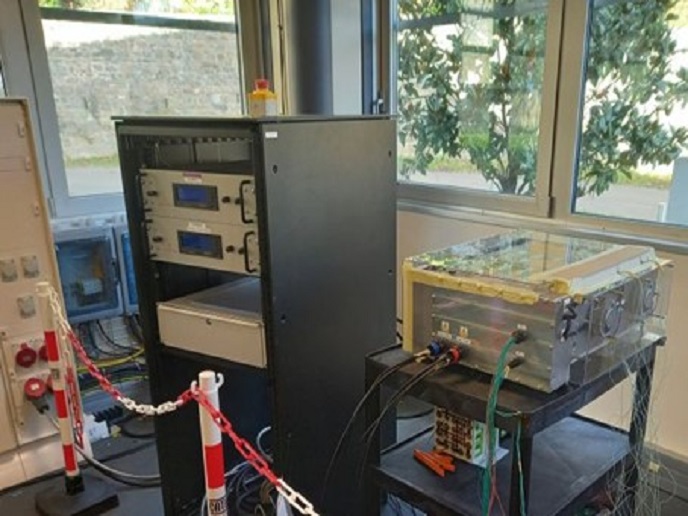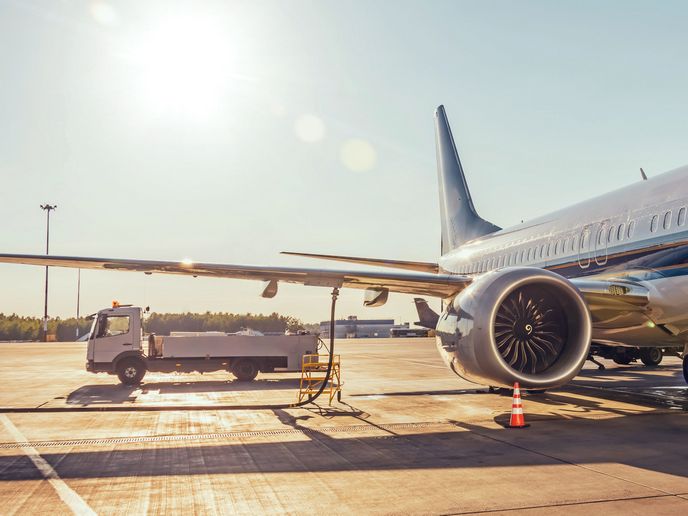Engine innovations to make road transport greener
Long-haul road transport plays a crucial role in connecting global markets, enabling the timely delivery of raw materials and finished products to consumers. In addition, efficient transportation is fundamental to the ability of European companies to compete in the world economy. Road transport however is one of the major sources of greenhouse gas emissions (GHG) in the EU. In 2017, this sector contributed 21 % of the EU’s total emissions of CO2. Reducing fuel consumption and related CO2 emissions, while maintaining the economic benefits that long-haul road transport brings, is therefore a key challenge facing Europe. The EU-funded LONGRUN project was launched in 2020 with the aim of addressing this challenge. This was achieved through developing and trialling a range of different engine improvement measures, fuels and demonstrator vehicles, all designed to release fewer emissions. The end goal of this was to accelerate the transition to alternative and renewable fuels for long-haul vehicles. “The project brought together 30 partners from 11 countries, all focused on this common goal,” explains project coordinator Lukas Virnich from FEV in Germany.
New innovations for long-haul vehicles
One use case focused on CO2 reduction. The project team investigated how trucks and coaches could make use of alternative fuels such as hydrotreated vegetable oil, biomethane and hydrogen, as well as others in various mixes. Potential solutions to facilitate engine hybridisation and electrification were also examined. Another use case looked at ways of enhancing the thermal efficiency of internal combustion engines. Innovations were developed specifically for diesel-based and natural gas-powered vehicles. A third looked at the potential of advanced after-treatment in contributing towards pollutant emission reductions. Finally, the project assessed the potential for significant energy savings through combining high-efficiency thermal engines with innovations that address hybrid electrification functionalities. These innovations include predictive powertrain and energy management control, waste heat recovery and electric auxiliaries.
Future development of cutting-edge components
Virnich believes that the LONGRUN project succeeded in its aim of accelerating the transition to alternative and renewable fuels for Europe’s long-haul truck fleet. Through a 40 000 km field trial, the project was able to demonstrate for example that low-carbon fuels, hardware and electrification options are feasible and could contribute to reducing CO2 emissions. While a broad suite of engine efficiency improvement measures is approaching commercial viability, fundamental research is still required to harvest the full impact of these potential technologies. “Our main contribution has been to open the door to developing different engines and drivelines, with the potential to achieve 10 % energy savings, 30 % lower exhaust gas emissions and 50 % thermal efficiency,” adds Virnich. “This will ultimately help to lower the environmental impact of long-haul transport, while maintaining the sector’s global competitiveness.”
Keywords
LONGRUN, engine, transport, fuels, environmental, trucks, hydrogen, CO2







